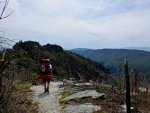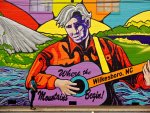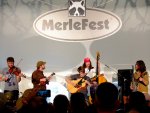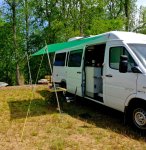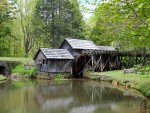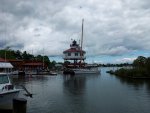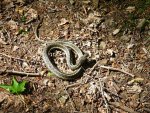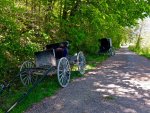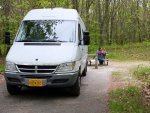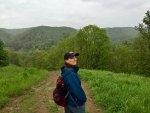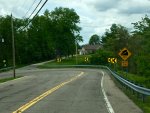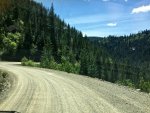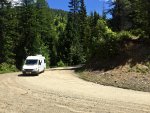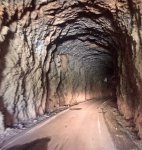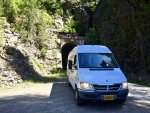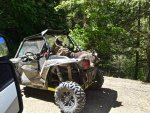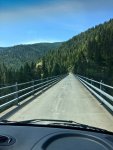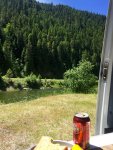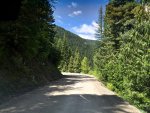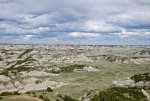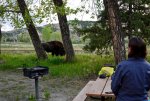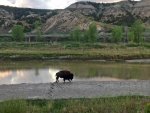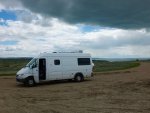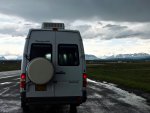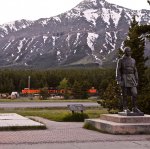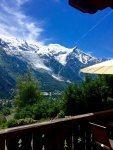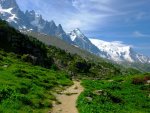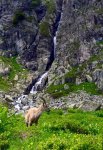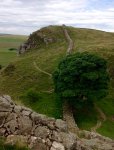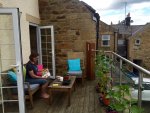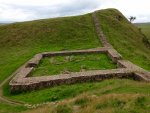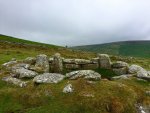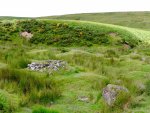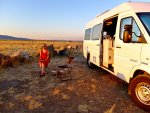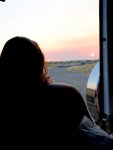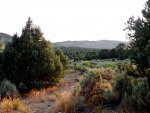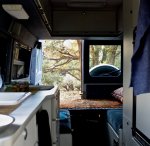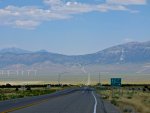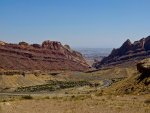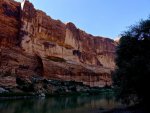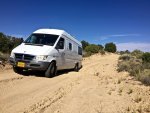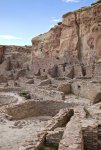Umnak
Adventurer
Fire trucks and old school campers
I visited cousins in Birmingham, Alabama this past week after a 53 year absence. It was a good visit, and I won't bore you with the details. However, one of my cousins showed me around and that included a collection of privately held fire and emergency response vehicles housed in an old manufacturing building in central Birmingham. Of note to Expedition Portal folk is this 1953 REO Civil Defense Vehicle. REO is the founder's initials, Ransom E. Olds, as in Oldsmobile. Built in Lansing, Michigan.
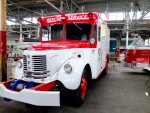
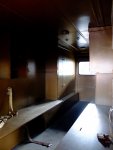
We spent a couple of hours in the Barbers Autosports Museum just north of Birmingham, which houses the largest collection of motorcycles in the world. There are 1000s of bikes and a large collection of Lotus race cars.
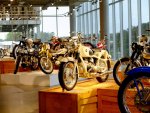
I have an album on my flickr account of the fire trucks and the bikes, no account is required just follow this link https://www.flickr.com/gp/umnak/Eo89Ba
And just a day before that visit we stumbled upon an interesting set of campers in South Carolina including this Shasta pulled by a 1956 Nomad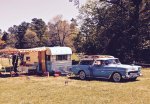
And a 1948 Ford Truck with matching camper
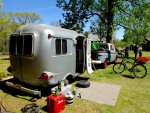
I visited cousins in Birmingham, Alabama this past week after a 53 year absence. It was a good visit, and I won't bore you with the details. However, one of my cousins showed me around and that included a collection of privately held fire and emergency response vehicles housed in an old manufacturing building in central Birmingham. Of note to Expedition Portal folk is this 1953 REO Civil Defense Vehicle. REO is the founder's initials, Ransom E. Olds, as in Oldsmobile. Built in Lansing, Michigan.


We spent a couple of hours in the Barbers Autosports Museum just north of Birmingham, which houses the largest collection of motorcycles in the world. There are 1000s of bikes and a large collection of Lotus race cars.

I have an album on my flickr account of the fire trucks and the bikes, no account is required just follow this link https://www.flickr.com/gp/umnak/Eo89Ba
And just a day before that visit we stumbled upon an interesting set of campers in South Carolina including this Shasta pulled by a 1956 Nomad

And a 1948 Ford Truck with matching camper



